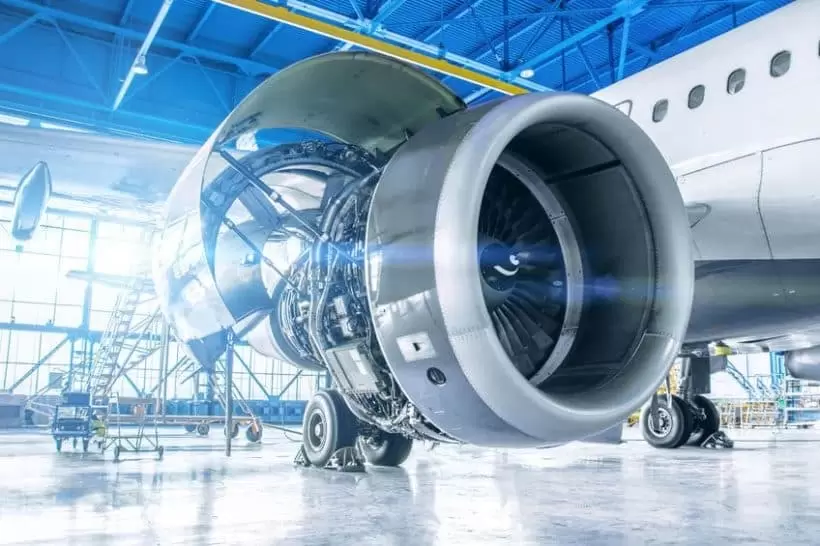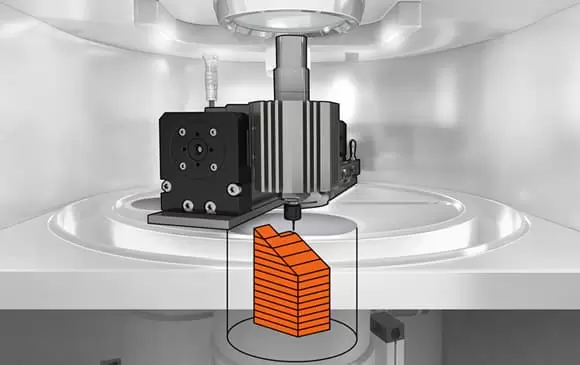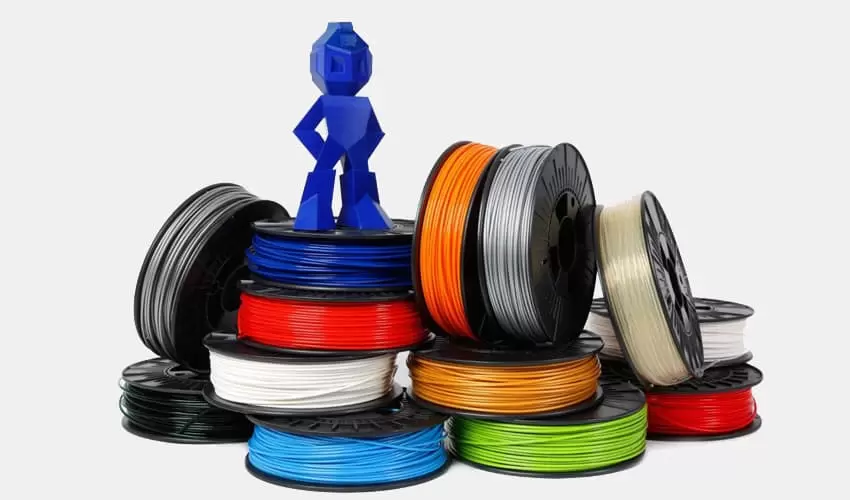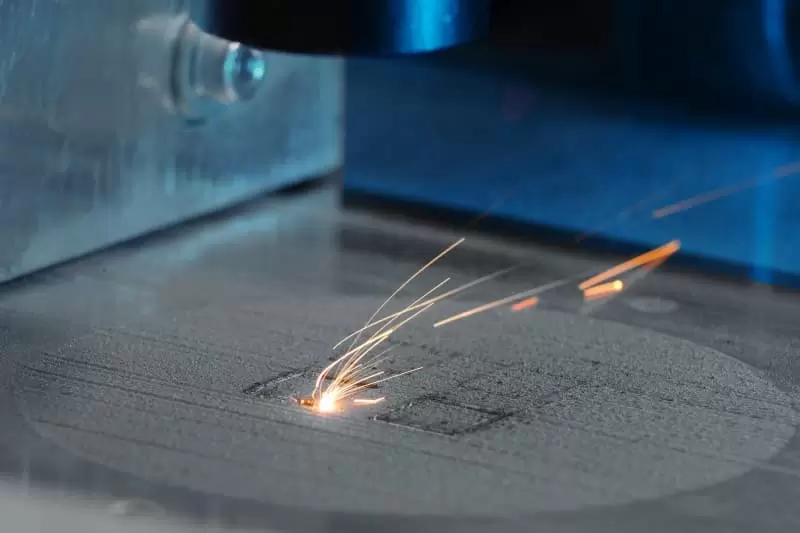Introduction
Rapid prototyping technology has revolutionized product development and manufacturing processes, enabling businesses to bring ideas to life quickly and cost-effectively. With a wide array of processes available, selecting the most suitable one can be a daunting task. Each rapid prototyping process has its strengths and limitations, making the choice crucial to project success. In this article, we will explore the most useful rapid prototyping processes, their applications, and the factors to consider when selecting the right method for your specific project.
1. Stereolithography (SLA)
1.1 Overview
Stereolithography (SLA) is one of the earliest and most popular rapid prototyping technologies. It works by using a laser to solidify a liquid photopolymer resin layer by layer, creating a 3D object. SLA is known for its high level of accuracy, precision, and surface finish, making it ideal for creating detailed prototypes with intricate geometries.
1.2 Applications
SLA is commonly used in industries like product design, aerospace, and automotive for producing functional prototypes, concept models, and visual aids. Its ability to create parts with fine details and smooth surfaces makes it suitable for testing form, fit, and aesthetics.
1.3 Factors to Consider
When considering SLA for rapid prototyping, the material selection is essential. Different photopolymer resins offer various mechanical properties, such as flexibility, stiffness, and temperature resistance. Choose the appropriate material that aligns with the intended application of the prototype.
2. Selective Laser Sintering (SLS)
2.1 Overview
Selective Laser Sintering (SLS) is a versatile rapid prototyping process that involves using a high-powered laser to fuse powdered materials, such as nylon or polyamide, layer by layer. SLS does not require support structures during printing, allowing for complex geometries and intricate designs.
2.2 Applications
SLS is widely used for functional prototypes, end-use parts, and low-volume production. It is particularly popular in the manufacturing industry for producing custom jigs, fixtures, and tooling components. SLS's ability to work with a variety of materials makes it valuable for applications in both industrial and consumer goods sectors.
2.3 Factors to Consider
When opting for SLS for rapid prototyping, material selection plays a significant role in achieving the desired characteristics of the prototype. Different materials have varying mechanical properties, thermal resistance, and durability. Analyze the requirements of the application and choose the appropriate SLS material accordingly.
3. Fused Deposition Modeling (FDM)
3.1 Overview
Fused Deposition Modeling (FDM) is an additive manufacturing process where a thermoplastic filament is extruded layer by layer to create a 3D object. FDM is known for its ease of use, affordability, and robustness, making it a popular choice for rapid prototyping and hobbyists.
3.2 Applications
FDM is commonly used for concept modeling, form and fit testing, and functional prototyping. It is widely adopted in various industries, including consumer goods, electronics, and education. FDM's accessibility and low cost make it an attractive option for fast iterations during product development.
3.3 Factors to Consider
The choice of FDM for rapid prototyping should take into account the mechanical properties of the thermoplastic material used. Different filaments offer varying levels of strength, flexibility, and temperature resistance. Select the appropriate FDM material based on the intended application and the functional requirements of the prototype.
4. Direct Metal Laser Sintering (DMLS)
4.1 Overview
Direct Metal Laser Sintering (DMLS) is a cutting-edge rapid prototyping technology that uses a high-powered laser to fuse metal powder together layer by layer. DMLS enables the production of fully dense metal parts with excellent mechanical properties, making it suitable for functional prototypes and end-use components.
4.2 Applications
DMLS finds applications in industries like aerospace, healthcare, and automotive for producing complex metal parts with high precision. It is particularly valuable in scenarios where traditional machining processes are cost-prohibitive or impractical.
4.3 Factors to Consider
When considering DMLS for rapid prototyping, material selection is critical. Different metal powders offer varying mechanical properties, thermal conductivity, and corrosion resistance. The choice of metal material should align with the functional requirements of the prototype and the intended application.
Conclusion
The choice of the most useful rapid prototyping process depends on various factors, including the complexity of the design, desired material properties, and intended applications of the prototype. Stereolithography (SLA) excels in creating detailed prototypes with smooth surfaces, while Selective Laser Sintering (SLS) is ideal for functional prototypes and low-volume production. Fused Deposition Modeling (FDM) is suitable for fast iterations and concept modeling, whereas Direct Metal Laser Sintering (DMLS) is a cutting-edge technology for producing metal parts with exceptional mechanical properties.
By understanding the strengths and limitations of each rapid prototyping process, businesses can make informed decisions, accelerating product development cycles, reducing costs, and ultimately bringing high-quality products to market faster and more efficiently.
Frequently Asked Questions (FAQs)
Q1: How do I determine the most suitable rapid prototyping process for my project?
Selecting the most suitable rapid prototyping process for your project requires careful consideration of several factors:
- Prototype Requirements: Start by understanding the specific requirements of your prototype. Consider factors such as size, complexity, level of detail, and intended functionality. For example, if you need a high-precision and detailed prototype, Stereolithography (SLA) may be a better choice due to its superior surface finish and accuracy.
- Material Properties: Different rapid prototyping processes offer varying material options, each with unique mechanical properties. Consider the desired characteristics of your prototype, such as strength, flexibility, heat resistance, and durability. The right choice of material will ensure the prototype meets its intended application.
- Budget and Time Constraints: Assess your budget and project timeline. Some rapid prototyping processes may be more cost-effective and quicker than others. For rapid iterations and concept testing, Fused Deposition Modeling (FDM) may be a suitable choice due to its affordability and ease of use.
- Application and Industry: Consider the specific industry and application for which the prototype is intended. Different industries have varying demands and may require certain rapid prototyping processes. For example, Direct Metal Laser Sintering (DMLS) is ideal for aerospace or medical applications that require metal components with high precision and strength.
- Expertise and Equipment: Evaluate the expertise of your team and the availability of equipment. Some rapid prototyping technologies require specialized knowledge and equipment for post-processing or material handling. Make sure your team is equipped to work with the chosen process.
By carefully analyzing these factors, you can make an informed decision on the most suitable rapid prototyping process for your project, optimizing the development process and achieving successful outcomes.
Q2: Can I use one rapid prototyping process for different types of prototypes, or do I need to consider specific processes for each project?
The choice of a rapid prototyping process depends on the specific requirements of each project. While certain processes may be suitable for a wide range of prototypes, it is essential to consider the unique characteristics and goals of each project.
Some rapid prototyping processes, like Fused Deposition Modeling (FDM), offer versatility and are suitable for concept modeling and form and fit testing across various industries. FDM is often used for creating quick iterations during the design phase and validating the initial concept before moving to more advanced processes.
On the other hand, processes like Stereolithography (SLA) or Direct Metal Laser Sintering (DMLS) may be more specialized and suited for specific applications. SLA, with its high precision and smooth surface finish, is ideal for creating visual models, medical devices, and consumer goods with intricate details. DMLS, with its ability to produce fully dense metal parts, is particularly valuable for aerospace, automotive, and healthcare applications.
While some rapid prototyping processes may have broader applications, it is crucial to assess the requirements of each project individually. Factors such as part complexity, material properties, functional testing needs, and project timeline should be considered to determine the most appropriate process. Evaluating these factors will ensure that each prototype is produced efficiently, with the desired characteristics and functionalities for its intended use.




